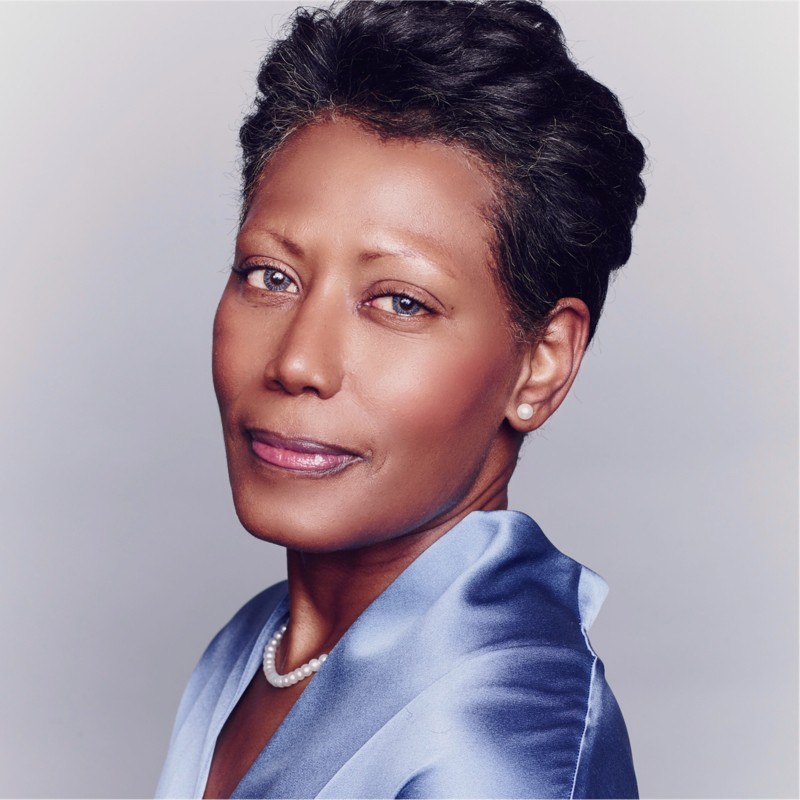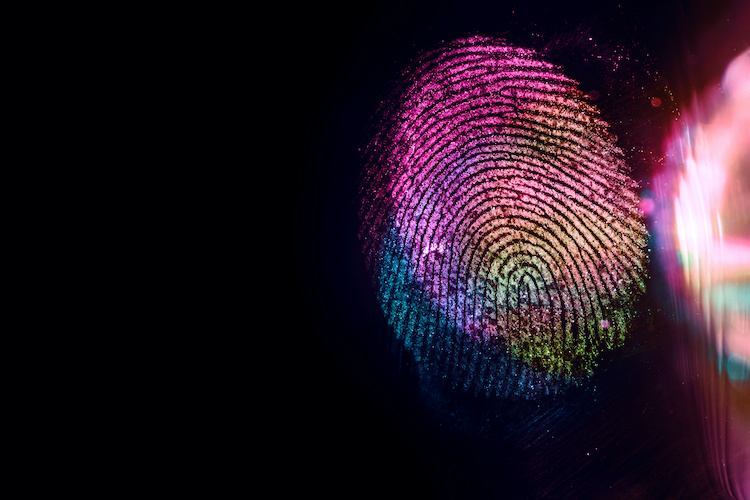“The world is full of obvious things which nobody by any chance ever observes.” — Arthur Conan Doyle
For nearly 60 years, organizations have used some form of diversity and inclusion training to increase awareness and sensitivity toward one another’s differences in race, gender, sexual orientation, religion and culture. Despite new strategies, repackaged training, fanciful phrases (e.g., unconscious bias), slick values campaigns and an increase in D&I-focused roles, very little in terms of meaningful change has transpired to date.
You need only click on an organization’s “Who We Are” page to see the evidence. Even with the recent human rights, civil rights and social justice movements, globally exposing an obvious clue that D&I efforts have failed, companies seem resolved in sticking with the same old ineffective methods. A Google search for D&I jobs renders 450 million results. To evidence meaningful and sustainable gains, logical reasoning points to a pressing need for companies to become more proficient in observation, deduction and the use of science to outwit the perpetual failures of D&I efforts.
Enter an unlikely but familiar role model.
The stories are set in 19th century England — a world perpetually contending with the mysteries of the criminal element. Renowned as a “consulting detective,” he is known in elite circles for his remarkable observational proficiency, deductive thinking, forensic science and logical reasoning, which he uses to investigate cases for wide-ranging clients from the most powerful and wealthy to Scotland Yard. He not only observes clues, but he also learns from them to unravel cases that threaten to set back the course of history to subvert social structures. This is Sir Arthur Conan Doyle’s Sherlock Holmes.
Much like in the Sherlock Holmes mystery chronicles, when it comes to D&I, clues point to as much about where we should go as where we should not go. D&I has long sustained a halo error, better known as a halo effect — in other words, there has been a tendency for companies to use it because it positively influences people’s opinion or feelings about the organization’s brand and products, even though empirical evidence runs counter to the unfounded belief that D&I has increased in the workplace. It is estimated that, collectively, companies are spending more than $8 billion a year on diversity and inclusion programs, mostly comprising diversity czars, assessments, targets, training, employee resource groups, periodic reviews and static metrics.
Follow the trail
The research is replete with clues — i.e., empirical evidence — that D&I programs are not increasing diversity and inclusion; regrettably, things are actually getting worse:
- A 40-year longitudinal study of every private employer in the U.S. by Harvard Business School and Stanford University sociologists found racial segregation between workplaces is greater today than it was a generation ago.
- U.S. Equal Employment Opportunity Commission 2019 data showed 76,418 charges of workplace discrimination; retaliation continued to be the most frequently filed charge, followed by sex, disability and race; and 7,609 sexual harassment charges — a 13.6 percent increase from FY 2017.
- The Economic Policy Institute recently reported that on average, Black college graduates between the ages of 21 and 24 earn 21 percent less than their white counterparts compared with 13 percent less in 1979.
- According to a CNBC analysis of the annual disclosures, six years after their first diversity reports, Alphabet, Apple, Facebook, Microsoft and Twitter have seen low single-digit increases in their percentage of Black employees. “Every year they put out the same diversity report, check the box, then send out the same report the next year,” Freada Kapor Klein, founding partner at Kapor Capital, told CNBC. “We’re at a crucial crossroads — I don’t think what tech companies have done to date is anywhere near enough.”
D&I continues to be a gripping mystery, yet companies are ostensibly continuing to use mythical ancient methods rather than examining the obvious clues for a learning edge that yields a scientific revolutionary intervention model that will drive sustainable, meaningful and measurable change — à la the Sherlock Holmes effect.
There’s a difference between a question and the right question
“The difference between the almost right question and the right question is really a large matter — it’s the difference between the lightning bug and the lightning.” — Mark Twain
How do we begin to solve the D&I mystery? Start by asking the “right” provocative question: Is your organization creating anecdotal D&I programs to raise individual awareness, boost brand perception and mitigate risk, or are you using science to solve for systemic bias, prejudice, discrimination, more equity and lasting behavior change? Whether it is the former or the latter, society is waging a global disparity and exclusion revolution that is a call to action for companies to make revolutionary systemic changes.
“By the term ‘wide-awakeness’ we want to denote a plane of consciousness of highest tension originating in an attitude of full attention to life and its requirements. Only the performing and especially the working self is fully interested in life and, hence, wide. awake. It lives within its acts and its attention is exclusively directed to carrying its project into effect, to executing its plan. This attention is an active, not a passive one. Passive attention is the opposite to full awareness.” — Maxine Greene
D&I is often misunderstood and tends to mean different things to different people. It has become such a cliché that it’s now more of a barren overture than an actuality. The clues are perceptible and palpable and call for a level of “wide-awakeness” that has never been experienced before. The clues resoundingly suggest that while nothing is foolproof, what we have been doing is a proven failure.
Investigate three new clues
It’s time to try something radically different and replace metrics and anecdotes with science and new constructs based on fundamental human needs. Patricia Devine, professor of psychology at the University of Wisconsin – Madison, found that Abraham Maslow’s Hierarchy of Needs model provides us with profound insight allowing us to examine individual needs, how these needs show up in life and work, and the effect these needs have on the behavioral choices we make toward others.
This points us in the direction of three imperceptible clues worth investigation: belonging, individual accountability and social accountability.
No. 1: Belonging. According to Carl Rogers’ theory on human beings and self-actualization, belonging is a unique and subjective experience that relates to a yearning for connection with others, the need for respect and the desire for interpersonal connection.
In fact, empirical evidence has shown that the need to belong is a fundamental human motivation. Data consistently has shown that an organization with a diverse workforce is not necessarily an inclusive one. And in a recent study, researchers Michael Slepian and Drew Jacoby-Senghor discovered that inclusion does not automatically lead to a sense of belonging.
And yet, researchers Roy Baumeister and Mark Leary found the desire to belong is universal across all cultures and people and is such a fundamental human motivation that we feel severe physical and psychological consequences of not belonging. Employees may feel they do not belong for any number of reasons, but in each case the result is the same: “identity threat.” Defined as any situation that makes salient that one is different from others, identity threats can range from trivial to troubling.
Investigate: Create an identity-safe ecosystem that demonstrates a value for individuals at all levels, from underrepresented backgrounds to primary represented populations and demographics. Survey the employee populations to best understand their experiences, what an identity-safe ecosystem should look like in the workplace and how it can be implemented.
No. 2: Individual accountability development. Researchers Alicia Fedelina Chávez, Florence Guido-DiBrito and Sherry Mallory assert that individual development is a blend of “cognitive, affective and behavioral growth processes toward consciously valuing complex and integrated differences in ourselves and in others.”
Their findings reveal individuals have a moral responsibility for their actions and behaviors. Because they are not tangential and separate from organizational systems, what is deemed right and proper conduct is likely to be influenced by norms and values as they are produced, reproduced and reinforced within that ecosystem. The notion that humans are inherently good, therefore inviting them to be good especially to others, can be traced back to antiquity, and once you know better you should be held accountable to do better.
Patricia Devine’s findings on the relation of learned stereotypes to prejudiced responses demonstrate that, to different degrees, individuals can distinguish between beliefs about groups and behavior toward individuals who are members of those groups. Individuals have the capacity to consciously interrupt themselves and choose not to respond with prejudicial behavior toward another.
Investigate: Immanuel Kant, a German philosopher, envisions establishing an individual accountability system of standards that employees are expected to meet, in which they have sufficient autonomy and capacity in their choice of actions, as well as access to resources, to be able to comply. If individuals are going to be held accountable, then the standards they need to meet must be defined, and they must be aware of their responsibilities for meeting them. This positions employees as knowledgeable individuals to be held accountable for their own actions because they know the standards and the normalized grounds in which their behavior choices are acceptable. No indemnification allowed.
No. 3: Social accountability. In a 2016 Harvard Business Review article, authors Frank Dobbin and Alexandra Kalev emphasize: “Encouraging social accountability plays on our need to look good in the eyes of those around us. It is nicely illustrated by an experiment conducted in Israel. Teachers in training graded identical compositions attributed to Jewish students with Ashkenazic names (European heritage) or with Sephardic names (African or Asian heritage). Sephardic students typically come from poorer families and do worse in school. On average, the teacher trainees gave the Ashkenazic essays Bs and the Sephardic essays Ds. The difference evaporated, however, when trainees were told that they would discuss their grades with peers. The idea that they might have to explain their decisions led them to judge the work by its quality. The call for social accountability must have an audit — an objective evaluation of an individual’s and organization’s social performance.”
Investigate: Social accountability can be used as a de-biasing strategy to hold the organization and individuals accountable for activities that are already sanctioned law and company policy. Naturally documented social auditing should follow to evaluate, report and improve an organization’s performance and behavior as well as measure its effects on the community and broader society. It should include fully transparent and visible data showing the state of progress internally and externally.
The data sums it up. In order to get what you have never had — wide-awakeness — you have to do what you have never done: Use science as an intervention to systemic bias, prejudice and discrimination, ultimately creating a more equitable environment and lasting behavior change.
The good news is, there are obvious clues showing us what is not working, and scientific clues that allow us to investigate what can work. Creating a structure that makes clear the germane expectations and standards of every individual and an organizational system designed and operated to develop belonging, individual accountability and social accountability is not enough. We need to support, cultivate and sustain individual competence, virtue and reinforcement with explicit attention to how they contribute to shaping new norms and values that foster and reflect social conscience.















